Stablecoins and LST on Solana provide various yield farming opportunities.
Author: David C, Bankless
Translator: Deng Tong, Golden Finance
Investing in stablecoins or Solana's native liquidity staking tokens may not be as exciting as finding the next groundbreaking token, but it can provide reliable ways to make money.
Stablecoins offer price stability, while LST allows you to earn basic staking rewards while maintaining liquidity. Through DeFi platforms such as Kamino, Drift, and Save (formerly known as Solend), you can put stablecoins and LST to work and increase your earnings through yield farming strategies.
Whether you prefer passive low-risk returns or are willing to take on higher risks for greater returns, this article will detail the best yield opportunities for leading stablecoins (such as USDC and PYUSD) and Solana's leading LST, helping you find the best match for your risk profile.
USD Stablecoins
Stablecoins on Solana have shown explosive growth in this market cycle. While USDC dominates the chain, which is a unique phenomenon compared to Tether's USDT, Paypal's PYUSD has experienced explosive growth since its recent launch, thanks to DeFi protocol rewards.
When used in DeFi protocols such as Kamino, Drift, and Save (formerly Solend), these stablecoins provide relatively low-risk options for yield farming. Whether you are looking for stable returns or higher-risk return schemes, these assets are essential choices for those aiming to hedge market volatility and achieve stable returns.
USDC
Kamino
Kamino Finance offers multiple yield options for USDC holders, with its main pool currently providing an annual interest rate of about 3.5%, lower than its historical range of 6-9%, but still reliable for passive, low-risk returns. For higher returns, Kamino's stablecoin pool offers an annual interest rate of about 7.5%, and the JLP (Jupiter Liquidity Provider) pool offers an annual interest rate of about 6.6%. Its concentrated liquidity strategy makes it an ideal choice for users looking to balance risk and higher returns.
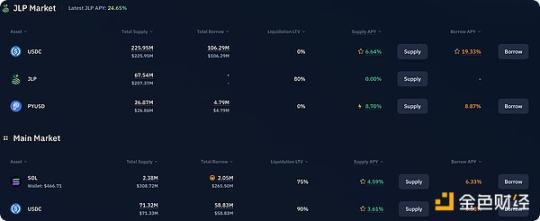
Drift
The trading protocol Drift also allows users to earn returns by lending out USDC. Although the returns here are moderate, around 3-4%, much lower than previous highs, they provide a stable, low-risk opportunity for those not seeking aggressive risks. In addition, the returns from Drift's insurance fund are much higher, currently around 15%, coming from trading, borrowing, and liquidation fees, but with greater risk as it serves as a backstop for the protocol's solvency.
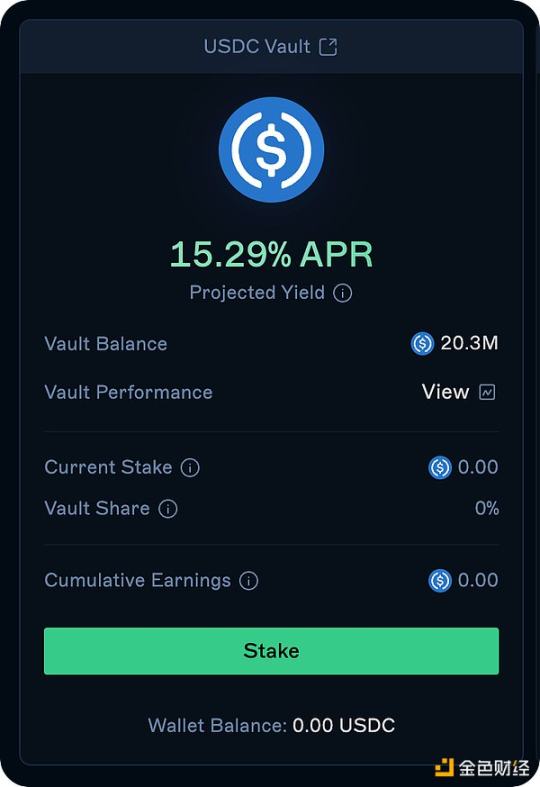
Save
The algorithmic lending platform Save offers a 4-5% annual interest rate in its main pool for USDC lending. The platform also has other permissionless pools not deployed by the protocol, such as its JLP/SOL/USDC pool, which currently offers an 8.5% annual interest rate for those willing to engage in higher-risk liquidity strategies.
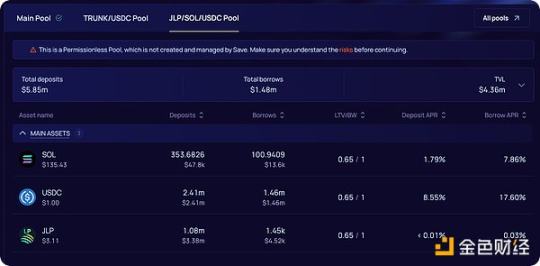
PYUSD
Kamino
PYUSD is a newcomer to the Solana ecosystem, but it has gained momentum rapidly due to Kamino's aggressive yield strategies. Although the initial yield was as high as 30%, the yield has since stabilized at around 7%, making it the highest in Kamino's stable pool. Kamino has also just included PYUSD in the JLP (Jupiter Liquidity Provider) pool, with a higher yield than its main pool, around 8.5%.
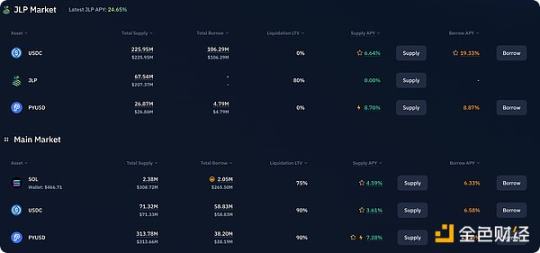
Drift
The lending pool of Drift offers a slightly higher yield of about 10%, making it an attractive choice for PYUSD. In addition, Drift offers around 18.5% annual interest rate from its insurance fund, but remember, this comes with higher risk.

Save
The yield rate in Save's PYUSD main pool is currently around 12%, and it seems to have increased recently, while the yields in Drift and Kamino are decreasing. If this trend continues, Save may be the best platform for users who want to use PYUSD without taking on additional risk.
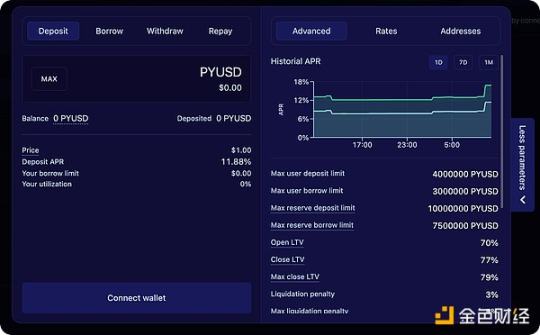
LST Yield Rates
Liquidity staking tokens (LST) are an important part of Solana's staking economy, allowing users to stake SOL while maintaining liquidity for use in the broader DeFi ecosystem. The three largest LSTs on Solana—JitoSOL from MEV-enhanced liquidity staker Jito, mSOL from well-known Marinade Finance, and JupSOL from Jupiter Exchange in collaboration with Sanctum—offer basic staking rewards at approximately 7.5%, 8.12%, and 8%, respectively, and there are additional opportunities to amplify these returns through DeFi (especially on Kamino).
For each of these LSTs, additional returns can be obtained through Kamino's main pool or leverage strategies. The main pool provides passive returns on top of basic staking rewards, while leverage yield strategies offer higher returns for those willing to take on more risk.
JitoSOL
Main Pool Returns
Kamino offers a modest yield of 0.04% for JitoSOL in its main insurance pool, providing passive income on top of basic staking rewards. This option is suitable for those seeking stable, low-maintenance returns.
Leverage Returns
For users looking to maximize returns, Kamino's leverage yield option for JitoSOL can provide higher returns, currently up to 10.5%. This strategy leverages to amplify returns, but if these derivative assets decouple, the risk increases compared to holding LST alone.
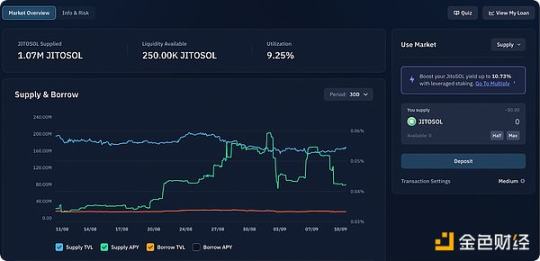
mSOL
Main Pool Returns
Kamino's mSOL main pool offers a 0.11% yield, slightly enhancing basic staking rewards through passive DeFi returns. This pool is ideal for long-term holders of mSOL seeking additional returns.
Leverage Returns
For those unafraid of risk and seeking to increase returns, Kamino's leverage staking strategy for mSOL can push the yield up to a maximum of around 14.5%.
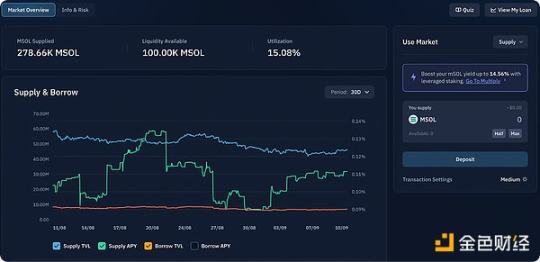
JupSOL
Main Pool Returns
JupSOL has a yield of 0.02% in Kamino's main pool, providing a small additional return on top of the basic staking rewards. Although the yield is low, it offers a stable source of passive income for JupSOL holders who want to sleep soundly at night.
Leverage Returns
The leverage JupSOL pool in Kamino offers the highest yield, around 14.7%. By leveraging staked JupSOL in DeFi, users can achieve significant returns, making this strategy ideal for those looking to maximize staking rewards while taking on higher risks.
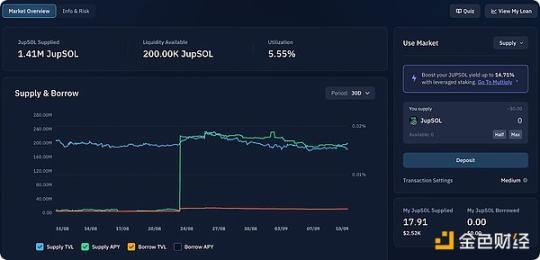
Summary
In conclusion, stablecoins and LST on Solana provide various yield farming opportunities, allowing users to increase their holdings with the most mature or stable assets based on their risk tolerance.
PYUSD currently offers the highest yield opportunities among stablecoins, especially on platforms like Drift, with APY reaching around 18%. In terms of liquidity staking, JupSOL and mSOL currently have the highest leverage yields, around 15%, providing significant returns for those willing to take on the risks associated with leverage strategies. However, it's important to monitor these pools as their yields may fluctuate periodically.
Whether you choose lower-risk stablecoin pools or higher-risk LST farming strategies, there are plenty of opportunities to put your assets to work in Solana's DeFi ecosystem.
免责声明:本文章仅代表作者个人观点,不代表本平台的立场和观点。本文章仅供信息分享,不构成对任何人的任何投资建议。用户与作者之间的任何争议,与本平台无关。如网页中刊载的文章或图片涉及侵权,请提供相关的权利证明和身份证明发送邮件到support@aicoin.com,本平台相关工作人员将会进行核查。



